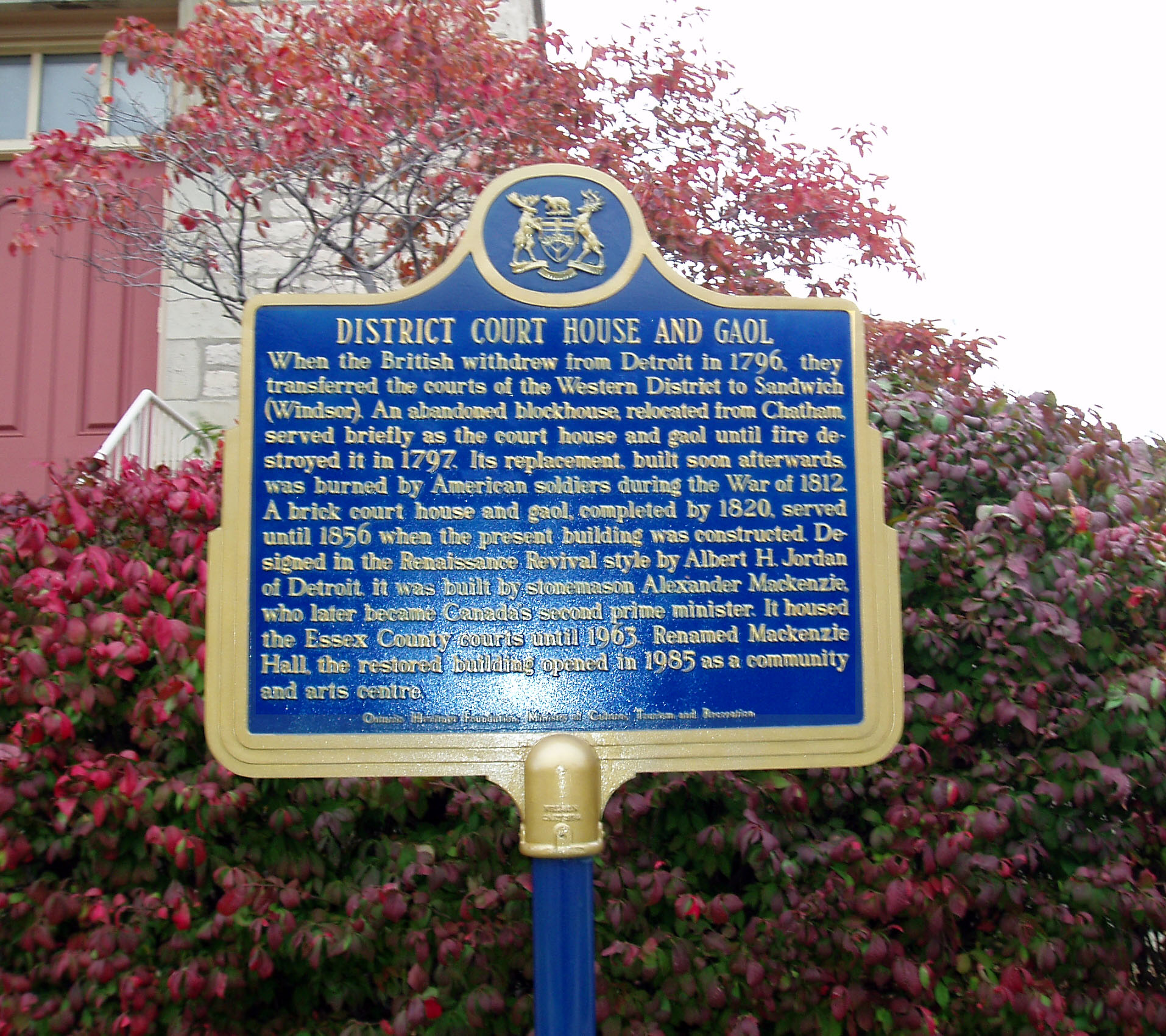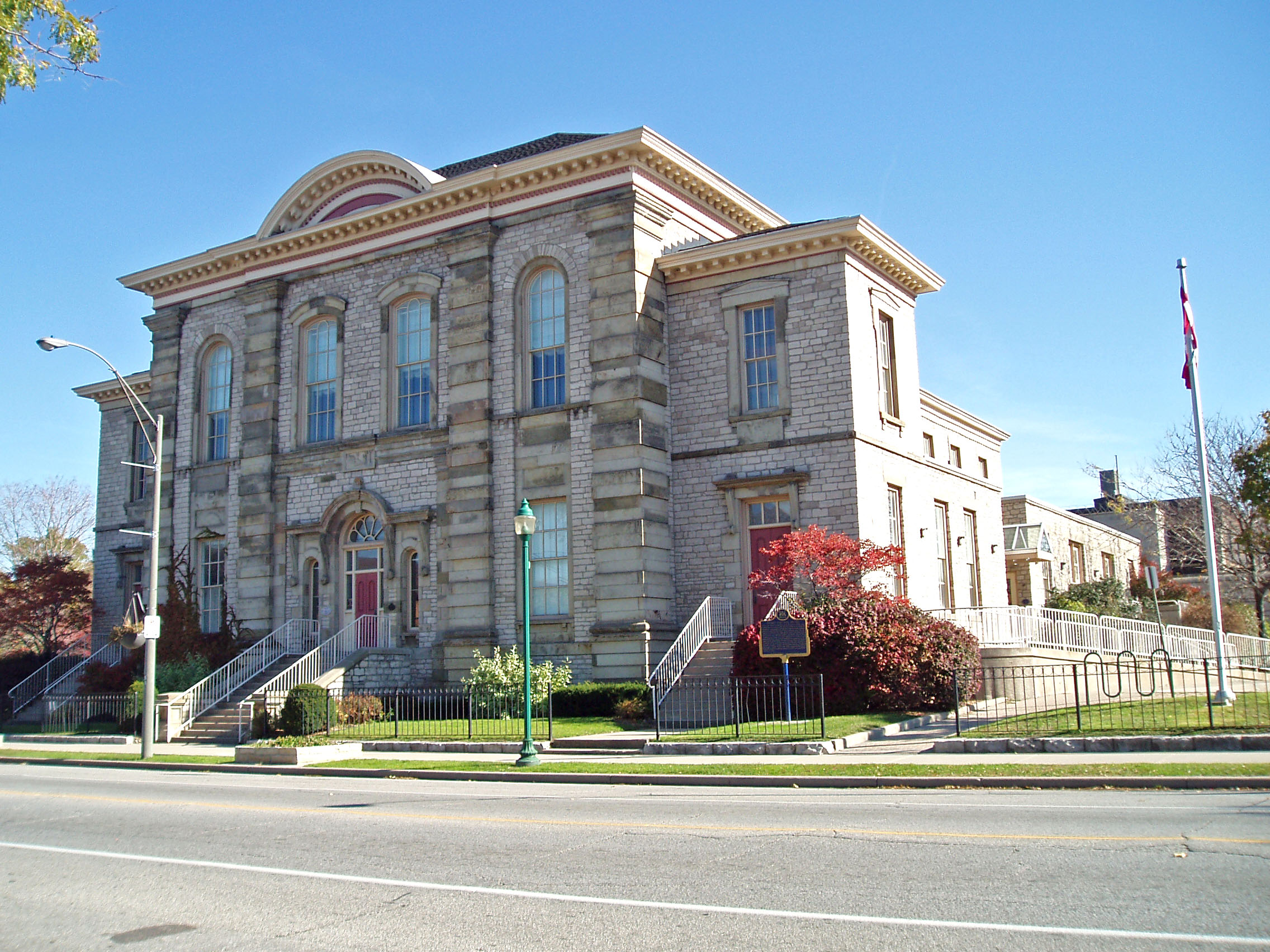

Following the ratification of the 1783 Treaty of Paris, the
United States and England continued to dispute many issues. The British claimed
the right to
forcefully press into naval service former British citizens who became
Americans by virtue of the Revolution. The British Navy boarded US bottoms
and impressed sailors. The United States adopted trade regulations that,
the British assum ed,
were extremely unfair to the British maritime interests. In addition, the
British did not evacuate their forts in the Midwest. The
Americans assumed the Treaty of Paris unambiguously gave the United States
control of the Northwest Territories—Ohio, Indiana, Illinois, Michigan
and Wisconsin. But the British contended that the Treaty of Paris allowed
them to retain lands occupied by their Indian collaborators in that area.
In 1794, President Washington sent the diplomat, John Jay, to England to
negotiate a treaty that might preserve peace. That treaty was signed on November
19, 1794 and, after much controversy, ratified by Congress the following
year. Much of the treaty dealt with naval issues including the British impressing
of US citizens, albethey former British subjects, and the trade regulations
the US tried to impose. However, the British also agreed to remove all of
their military from forts in the Northwest Territory within two years. They
may have been prodded to agree to this because US General Anthony Wayne had
soundly defeated the Miami, Wyandot, Ojibwa and Pottawatomie tribes who were
collaborating with the British at the Battle of Fallen Timbers on the banks
of the Maumee on August 20, 1794. Consistent with the provisions of the Jay
Treaty, Colonel Jean Francois Hamtramck led United States forces into Detroit
on July 4, 1796 and the British peacefully surrendered.
ed,
were extremely unfair to the British maritime interests. In addition, the
British did not evacuate their forts in the Midwest. The
Americans assumed the Treaty of Paris unambiguously gave the United States
control of the Northwest Territories—Ohio, Indiana, Illinois, Michigan
and Wisconsin. But the British contended that the Treaty of Paris allowed
them to retain lands occupied by their Indian collaborators in that area.
In 1794, President Washington sent the diplomat, John Jay, to England to
negotiate a treaty that might preserve peace. That treaty was signed on November
19, 1794 and, after much controversy, ratified by Congress the following
year. Much of the treaty dealt with naval issues including the British impressing
of US citizens, albethey former British subjects, and the trade regulations
the US tried to impose. However, the British also agreed to remove all of
their military from forts in the Northwest Territory within two years. They
may have been prodded to agree to this because US General Anthony Wayne had
soundly defeated the Miami, Wyandot, Ojibwa and Pottawatomie tribes who were
collaborating with the British at the Battle of Fallen Timbers on the banks
of the Maumee on August 20, 1794. Consistent with the provisions of the Jay
Treaty, Colonel Jean Francois Hamtramck led United States forces into Detroit
on July 4, 1796 and the British peacefully surrendered.
The Jay Treaty was not completely successfully since, just 16 years later;
the United States declared war on England because of the issues that treaty
sought to resolve.
I do not know what the population of Detroit was in 1796. I have seen a figure
of 2,200, but that seems quite high. The federal census of 1810 counted only
700 in Detroit, but that low number might be explained by the fire that destroyed
the city in 1805. I believe that much more than a majority of the city’s
residents in 1796 were French since few English settlers or traders moved so
far west. However, some of the English residents of Detroit moved across the
river to continue living in the British Empire. The town of Sandwich was founded
at this time very near the eastern end of the Ambassador Bridge. For an explanation
of why they selected Sandwich as a name, please see the description about the
First Sandwich Baptist Church.
As the historical marker shown above explains, Sandwich became the home of the courts and the jail for the western section of Upper Canada. A few building were erected and a brick structure built for this purpose after the previous one was burned by Americans during the War of 1812.
This is an impressive building. Before the locks at Sault Ste Marie were completed, and before there was any industrial development in this area, there were enough people and sufficient resources to commission Detroit architect Albert Jordan to design this attractive building. You see the appealing use of paired arches at several levels and to both the right and the left of the entryway. The steps are striking and convey the importance of the building. Located in the remote wilderness, very far from the seat of the British Empire, you find this excellent portrayal of the majesty of the English government and their justice system.
This building illustrates the ken of Albert Jordan. I believe that he often worked with his brother, the architect, Octavious Jordan. In Detroit, you can see his marvelously light Gothic Fort Street Presbyterian Church completed in 1855. If you go to the Fox Theater or to watch the Tigers play, you will walk past their St. John’s Episcopal Church, completed in 1863. The appropriately reverend Gothic Revival chapel in Elmwood Cemetery was designed by Albert and Octavius Jordan and completed in 1856. The District Court House and Gaol that you see pictured was built by stonemason and contractor, Alexander Mackenzie. He changed careers and became an editor and then a leader of the Liberal Party of Canada. He served as Canada’s second Prime Minister, holding that office from 1873 through 1878. There is no other building in the Detroit area that was physically built by a man or woman who went on to become a President or Prime Minister. It is important to not confuse Alexander MacKenzie, with William Lyon MacKenzie who was also in this area when he led the 1837 insurrection against British rule in Upper Canada.
Sandwich survived as an independent municipality until 1935 when it either
joined the larger town of Windsor to the north or was annexed by Windsor. This
locality is still called Sandwich.
Architect: Albert H. Jordan
Architectural Style: Renaissance Revival
Date of Construction: 1856
Use in 2008: Home of voluntary agencies linked to community issues and the
arts.
Minister of Culture, Tourism and Preservation, Ontario Historic Preservation:
Listed. The historical marker is at the front of the building facing Sandwich
Street
Photograph: Ren Farley; October 29, 2008
Description prepared: November, 2008